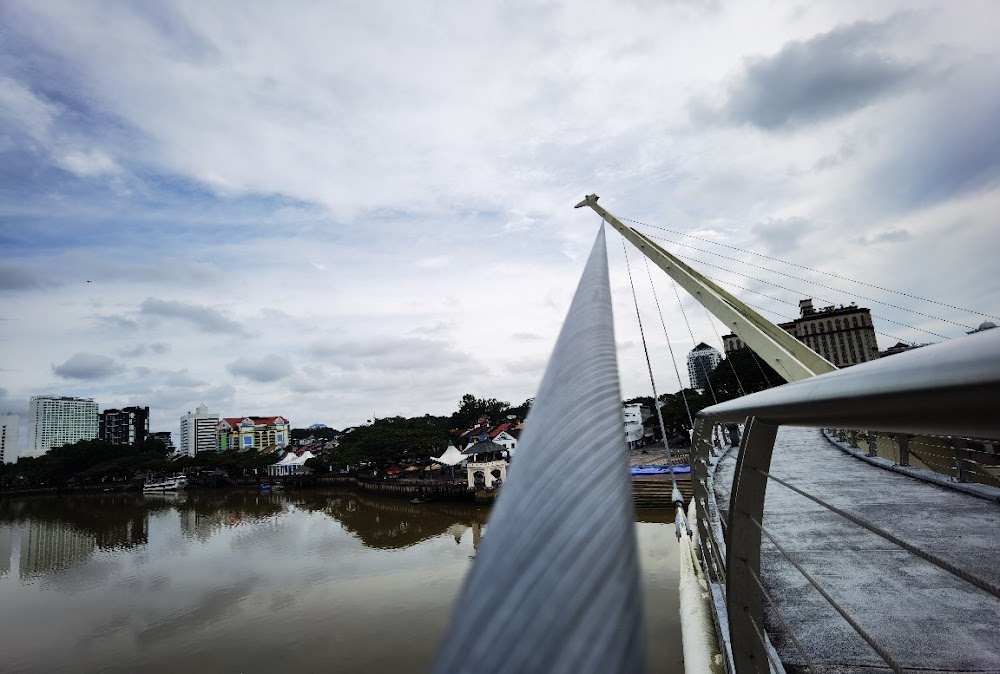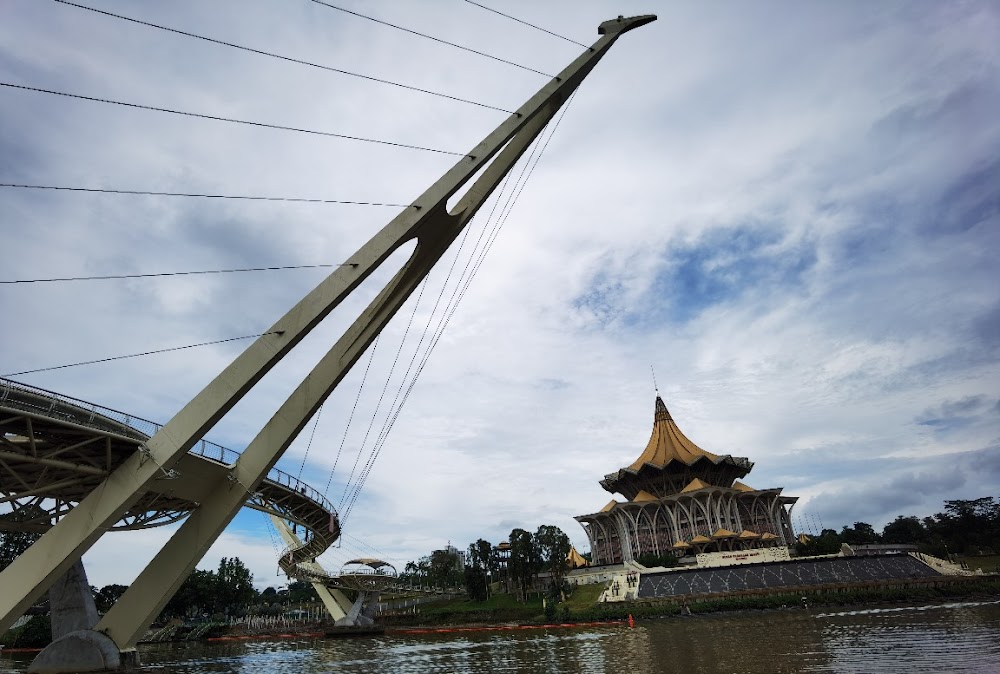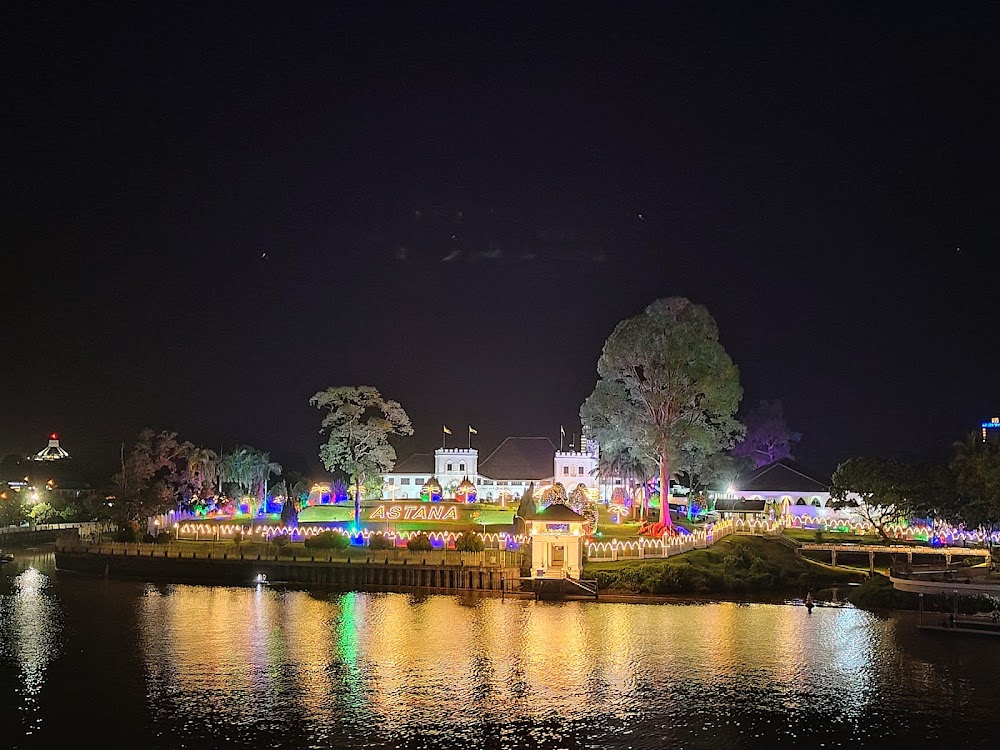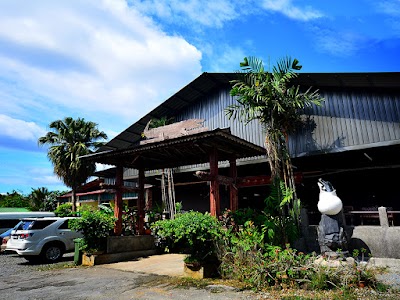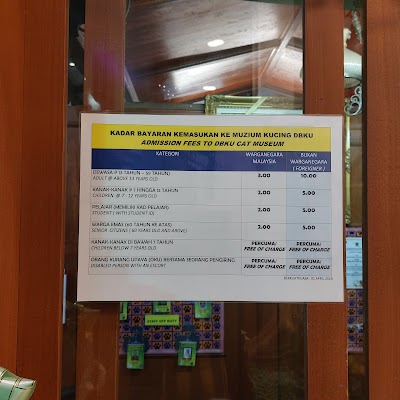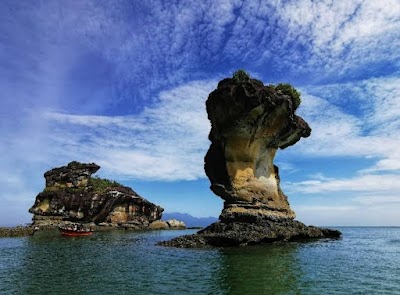Kuching Waterfront (Tebingan Kuching)
Overview
Kuching Waterfront, located along the Sarawak River in Sarawak, Malaysia, is a stunning example of transformative urban revitalization. What began as an ambitious project in the late 1980s has blossomed into an iconic destination for both locals and tourists. This vibrant public space was designed to breathe new life into a neglected riverbank, enhancing the city’s aesthetic while preserving its rich cultural and natural heritage.
Project Origins
The planning phase commenced in the late 1980s under the leadership of the Sarawak state government. Their vision was to create a multi-purpose venue that would feature picturesque walkways, family-friendly spaces, and facilities for cultural events. The initiative aimed not only to boost tourism but also to enhance the overall quality of life in Kuching.
Revitalization Efforts
Construction began in early 1990 and spanned over a decade, focusing first on cleaning up the dilapidated area, which was littered with old warehouses and crumbling jetties. The initial steps involved clearing debris and restoring or removing outdated structures.
Landscaping and Infrastructure
Landscaping played a pivotal role in the project, with native plants and trees lining the walkways to create a lush, scenic environment. This not only enhanced the area's beauty but also helped control erosion and provide natural cooling. Historical landmarks like the Square Tower and Brooke Dockyard were meticulously restored, seamlessly blending with modern additions.
Modern Amenities
As the project progressed, modern facilities were integrated into the design. Paved walkways and street lamps were installed, creating a safe environment for evening strolls. Pedestrian bridges and viewing decks were constructed to offer visitors breathtaking views of the river and the dynamic cityscape. Artistic water fountains and sculptures were strategically placed, adding a creative flair to the natural surroundings.
Cultural Engagement
The Waterfront also celebrates Sarawak's rich cultural heritage. Local artists were commissioned to create murals and sculptures that showcase the vibrant traditions of the region's indigenous tribes. An open-air amphitheater was constructed to host cultural performances, including traditional dances, music, and drama, sharing the unique narratives of Sarawak with visitors.
Visitor Amenities
To enhance the experience for visitors, a variety of amenities were established along the waterfront. Cafes, kiosks, and souvenir shops offer a taste of local delicacies and handcrafted goods, while strategically placed benches and resting areas provide perfect spots to relax and take in the view.
Accessibility and Safety
Accessibility was a key consideration in the design, making the Waterfront wheelchair-friendly with ramps and wide pathways. Safety measures were enhanced through the installation of CCTVs and a constant patrol presence, ensuring a secure environment for families and individuals.
Environmental Sustainability
Sustainability was a cornerstone of the project, with solar-powered lighting reducing the carbon footprint and waste management systems emphasizing recycling. Dredging operations improved water flow in the river, benefiting local wildlife and enhancing the ecosystem.
Community Engagement
As the Kuching Waterfront neared completion, it emerged as a hub for community engagement. Regular events like weekend markets, art shows, and food festivals became integral to the Waterfront, providing local craftsmen and entrepreneurs with a platform to showcase their talents and products, thereby boosting the local economy.
A Symbol of Transformation
The success of the Kuching Waterfront has garnered accolades from around the world, illustrating how diligent planning and community involvement can transform even the most rundown areas into thriving public spaces.
In essence, the Kuching Waterfront is more than just a scenic spot; it represents the city’s cultural richness and forward-thinking spirit. Through thoughtful design and community participation, this iconic destination stands as a testament to the harmonious balance of history, nature, and modernity.



